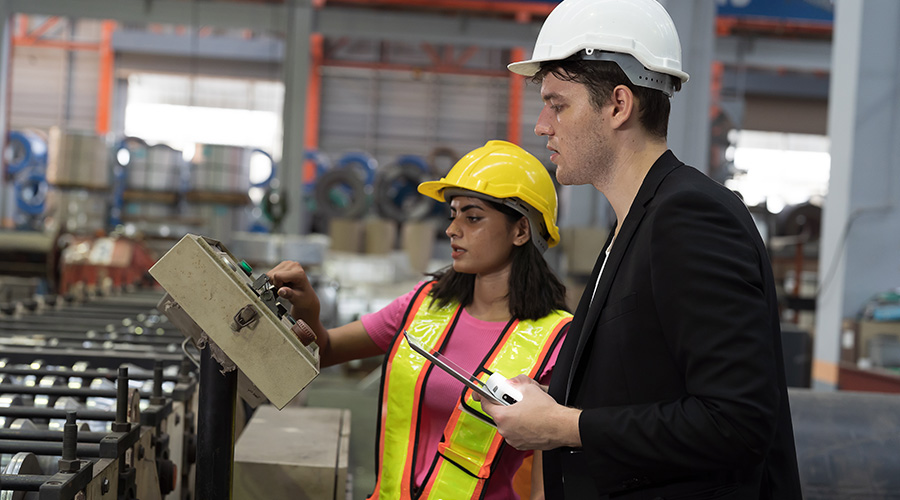Collaborating with IT
Part one of a two part series on how to work with the IT Department
By Laurie GIlmer, P.E., CFM, SFP, LEED AP
OTHER PARTS OF THIS ARTICLEPt. 1: This PagePt. 2: Speaking IT's Language
3 Steps to Making IT Work
The interaction with technology is one major challenge we continually face in institutional and commercial facilities. It is a love-hate relationship.
On the one hand, we are more connected than ever through the use of personal devices and their applications. We have instant access to information. We think less about where information comes from and more about it not arriving on our smartphones quickly enough. On the other hand, we have access to more data that we can conceivably use. Yes, always being connected is both alluring and overwhelming.
In the journey forward in the highly connected world of facilities, one of the best allies maintenance and engineering managers have is an organization’s information technology (IT) department. But working with IT has its challenges. Managers and IT departments tend to think differently, and they generally do not share the same priorities.
Or do they? To make the relationship work for the benefit of both parties and the organization, let’s consider three proven strategies managers can implement to work more effectively with IT in achieving their organizations’ goals.
Aligning priorities
A manager’s daily priorities are often very different from those of IT. At its essence, a manager’s job is to support the organization in achieving its long-term goals.
While that might seem like a simple and straightforward goal, it is my experience that those in facility management and maintenance struggle to achieve it. Rather than creating long-term plans and tailoring daily activities to meet organizational needs, managers often focus on completing tasks and responding to unplanned events. The tyranny of the urgent most often captures the attention of managers.
This is no less true for the IT department, just with different priorities. IT is responsible for keeping information and communication channels flowing, while maintaining a level of data security, keeping people connected and technologically functional. Just like facilities management, IT has its daily issues to address.
In thinking through the best ways to work with IT on a new project or initiative, managers need to start with the big picture. Where does this project fit in the larger context of helping the organization achieve its goals? Once managers and IT have established common ground, they can work to define clear and desired outcomes.
Frame the outcomes in terms that align with the priorities of IT. What will it take to achieve the outcome? What resources are required? Who are the stakeholders that need to be engaged? What part does IT play?
For example, imagine a manager wants to switch to a new CMMS. The first step is to define criteria to meet the needs of the facility management program — inputs, processes, outputs, metrics, interactions with other systems, etc. As this develops, managers will need the support of IT to sort through the location of the software, the process needed to access and maintain it, interactions with other internal programs and systems, potential security concerns, and steps to take if the system goes down.
Managers need to carefully consider one dynamic in this example: As much as IT supports the manager in implementing the new CMMS, the manager supports the maintenance of the power and cooling systems that, in turn, allow IT systems to function properly. The relationship is interdependent.
Related Topics:












